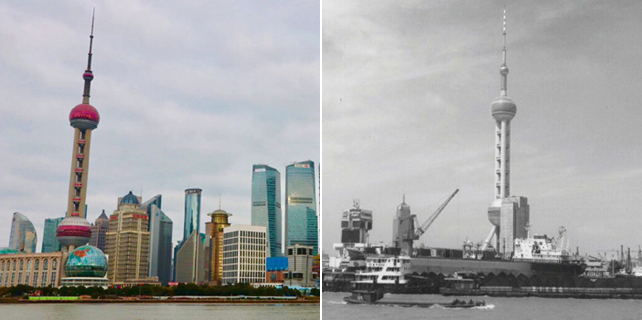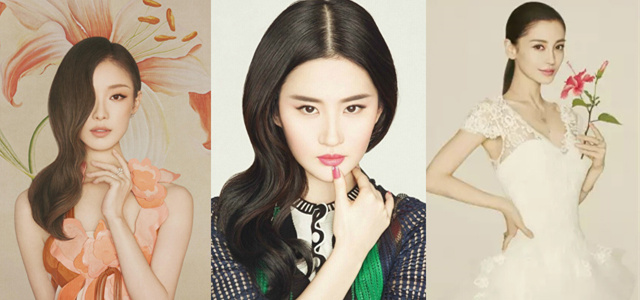China's haute couture symbol

Since 2012, after French fashion house Christian Dior held its first haute couture show in Shanghai, the term "haute couture" has been widely abused by domestic fashion brands that hope to add some luster to their collections. However, industry experts said China's fashion creations are still not as sophisticated as the people demanding for them.
"The pitfall (of Chinese brands and designers) is that they always look outside and try to mimic, if not copy, what the Western industry is making. But I think one can only know where he should be headed if he knows where he comes from," said Zhou.
It takes between three weeks and three months to craft a qipao at HanartQipao and every piece is handmade by the 40 tailors in the workshop. Last year, the shop sold 2,000 dresses which were made using a variety of premium fabrics such as silk, leather and velvet.
"Our clients are mostly successful businesswomen or the wives of successful businessmen who have adopted a rather genteel Chinese traditional lifestyle that includes drinking tea, reciting poems and collecting antiques," said Zhou.
While the qipao, which is widely considered the national dress, has yet to gain popularity among the younger generations, business has nonetheless been brisk for HanartQipao. Buoyed by a growing middle class that is getting more affluent, China's luxury consumption has soared over the past decade.
According to Bain and Company, sales of luxury goods in China had spiked 16 percent in 2009 even though there was a global recession. A report released by luxury consumption research agency Fortune Character last year also forecast that luxury spending in 2016 would grow 3 percent year-on-year despite the current economic slowdown in China.
Before establishing HanartQipao in 1998, Zhou made his fortune by mass producing and exporting qipaos. That year, he was introduced to Chu Hongsheng, a qipao master, and accepted Chu's suggestion to "make perfect dresses, instead of lots of dresses". Chu still works at HanartQipao today.
Less than a year later, Zhou got to know Xu Shikai, an embroidery expert whom he later hired. This was when he decided to combine Xu's embroideries with Chu's dresses and this has since proved to be a winning formula. In fact, Zhou's qipaos are so coveted that people have even resorted to stealing them.
"These days people say copying is the highest form of flattery. I once had seven dresses stolen from the workshop in a single night. I think that too can be considered another form of flattery," joked Zhou.
In 2015, together with four homegrown qipao brands, Zhou established the Shanghai Chamber of Couture Qipao to set quality standards and promote the craft of making qipaos. The chamber has since organized various events in France and Italy.
In order to keep up with the times, Zhou has been introducing 3D cutting technology into the production process and developing new fabrics as qipaos are mainly made using silk. He has even dared to venture into the creation of black and white qipaos which are traditionally only worn during funerals in China.
xujunqian@chinadaily.com.cn
















